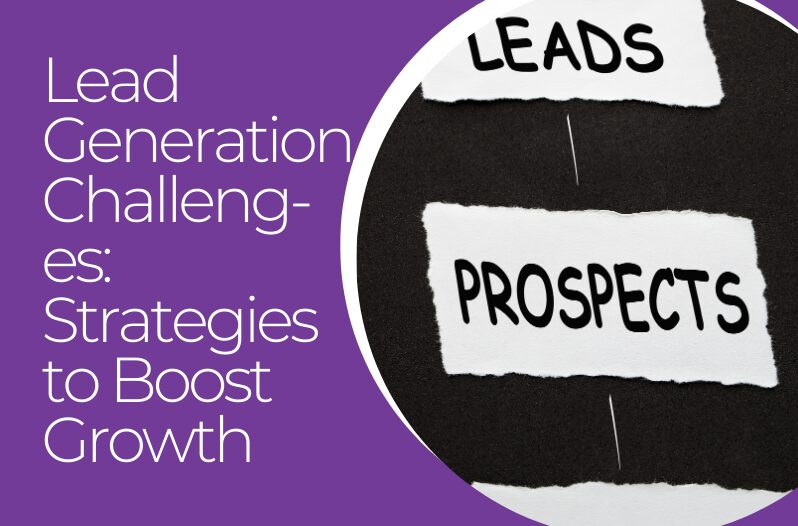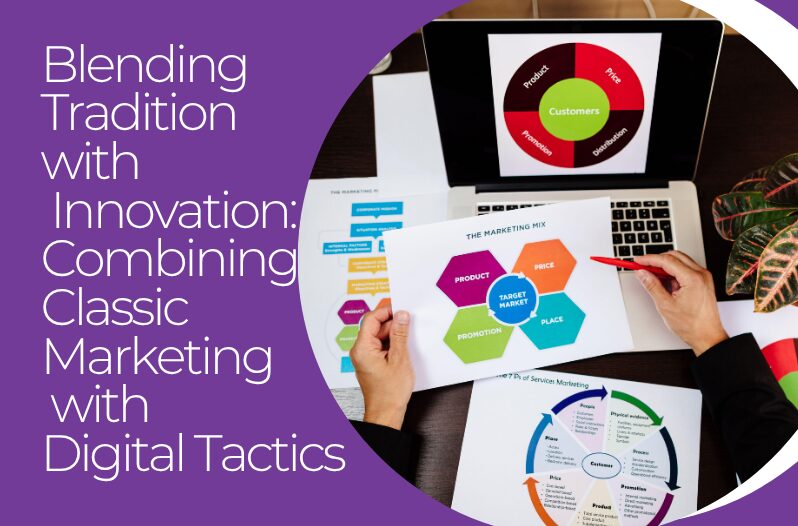Generating high-quality leads is more challenging than ever. Businesses must continually adapt and innovate to attract and retain potential customers. Here, we explore common lead generation challenges and effective strategies to overcome them, ensuring sustained growth and success.
Challenge 1: Attracting the Right Audience
Strategy: Develop Targeted Content Marketing
Creating content that resonates with your ideal customer is crucial. Start by defining your buyer personas and understanding their pain points, needs, and interests. Use this information to craft valuable, relevant content.
Example:
- Blog Posts: Write articles that address common problems your target audience faces. For instance, if you’re targeting small business owners, you might write about cost-effective marketing strategies or time management tips.
- Ebooks and Whitepapers: Offer in-depth guides or research reports that provide actionable insights. This positions your business as a thought leader and builds trust with potential leads.
- Webinars: Host live or recorded webinars on topics relevant to your audience. This not only educates them but also allows you to collect contact information for follow-up.
Challenge 2: Low Website Traffic
Strategy: Optimise for Search Engines (SEO)
Increasing organic traffic through SEO is a sustainable way to attract more visitors to your website. Focus on both on-page and off-page SEO tactics.
Example:
- Keyword Research: Use tools like Google Keyword Planner or SEMrush to find keywords relevant to your business. Incorporate these keywords naturally into your website content, meta descriptions, and headers.
- Quality Content: Regularly update your blog with high-quality, original content. Search engines favour fresh content, and this can help improve your rankings.
- Backlink Building: Reach out to industry influencers and bloggers to feature your content or collaborate on guest posts. High-quality backlinks can boost your site’s authority and search engine ranking.
Challenge 3: Converting Visitors to Leads
Strategy: Implement Effective Call-to-Actions (CTAs)
A strong CTA can significantly improve your conversion rates. Ensure your CTAs are clear, compelling, and strategically placed throughout your website.
Example:
- Landing Pages: Create dedicated landing pages for specific campaigns. Each landing page should have a single, focused CTA that aligns with the visitor’s intent.
- Pop-ups and Slide-ins: Use tools like OptinMonster to create pop-ups or slide-ins that capture visitor information. Offer something of value, such as a discount code or free trial, in exchange for their contact details.
- Forms: Keep forms short and simple. Ask only for essential information to reduce friction and increase the likelihood of completion.
Challenge 4: Nurturing Leads
Strategy: Develop a Robust Email Marketing Campaign
Once you’ve captured leads, nurturing them through email marketing can guide them down the sales funnel and convert them into customers.
Example:
- Welcome Series: Send a series of welcome emails to new subscribers. Introduce your brand, share your best content, and offer incentives to make a purchase or request more information.
- Personalised Content: Segment your email list based on demographics, behaviour, or purchase history. Send personalised content that addresses their specific needs and interests.
- Automated Workflows: Set up automated email workflows to follow up with leads based on their actions. For instance, if a lead downloads an ebook, send a follow-up email with related content or a special offer.
Challenge 5: Measuring and Analysing Results
Strategy: Use Analytics to Inform Decisions
Regularly analysing your lead generation efforts helps identify what’s working and what needs improvement. Use tools like Google Analytics, HubSpot, or SEMrush to track key metrics.
Example:
- Traffic Sources: Identify which channels are driving the most traffic and focus your efforts on optimising those sources.
- Conversion Rates: Track conversion rates across different stages of the funnel to pinpoint drop-off points and areas for improvement.
- Campaign Performance: Monitor the performance of individual campaigns to understand their ROI and make data-driven decisions for future initiatives.
Conclusion
Lead generation is a dynamic and ongoing process that requires constant attention and adaptation. By addressing these common challenges with targeted strategies, businesses can enhance their lead generation efforts, attract high-quality prospects, and drive sustained growth.
Implement these strategies, and watch your lead generation efforts transform into a powerful growth engine for your business.





